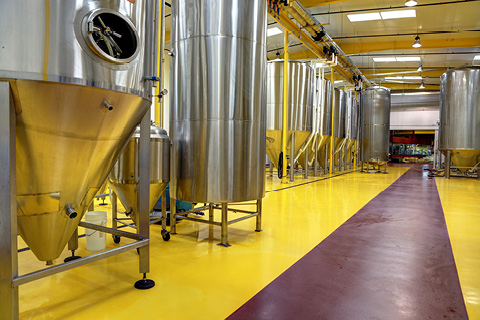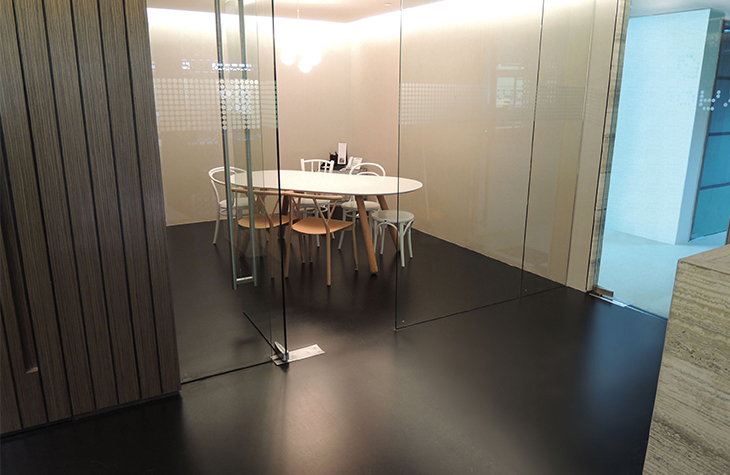Flooring and food contamination: specification advice to ensure a hygienic floor finish
Few sectors are as aware of the dangers of unhygienic environments as the food and beverage industry. If businesses in this market don’t meet a high standard of sanitation then it could lead to issues ranging from non-compliance with regulations, reputation damage, loss of business and even civil or criminal litigation.
The severe consequences mean food and beverage producers need to understand the role each part of a facility plays in maintaining a clean and effective working space. The floor in particular can have a significant impact on a site’s hygienic integrity, as not only is it the largest surface in a building but gravity means most contaminants will end up on the ground. In addition, dirt or grime can be walked in on shoes or wheeled equipment while spilled substances can quickly become problems if they can’t be easily removed.
If the floor is not up to the task then microbes can soon build up, putting the site at risk of a dangerous food contamination incident. To make sure the finish underfoot enhances a site’s cleanliness levels it must exhibit several key properties and be able to retain these for a long period of time.
The ability to consistently deliver a seamless, impervious finish is one of the most crucial flooring characteristics, as cracks provide bacteria and germs with a hard to clean space from which they can spread.
This seamlessness needs to last for the lifetime of the floor. If gaps start appearing once the facility is operational then the threat of contamination will increase. Therefore, the floor needs to be durable enough to withstand the onsite conditions, which for many food and drink facilities will require a system tailored to survive exposure to hazards such as:
- Thermal shock: This occurs when the floor’s temperature rapidly changes, for example during steam cleaning sessions, when an oven door is opened or if a room is refrigerated too quickly
- Corrosive chemicals: Most food production plants will utilise corrosive substances which could end up on the floor, such as cleaning chemicals, hot oils, sugary solutions and by-products including bloods, fats and greases
- Impacts and wear: Being busy industrial locations, heavy pallets, equipment, trolleys and racking can all put a lot of pressure into the floor and events such as dropped tools could chip away at the finish
The gap between the floor and the wall presents another spot where bacteria can accumulate. To solve this issues it’s recommended that highly durable coving is used to create a seamless transition between the two surfaces.
Another specific area which can cause problems is where the finish meets the drainage. Stainless steel drains need to be incorporated into the floor to allow liquids to flow out of contamination sensitive areas. The floor design must avoid a crack between the two components and ideally the floor should be laid so that liquids move easily towards the drains, avoiding pooling and stagnation.
The ability to maintain a high performance floor relies on having a comprehensive understanding of what it will be subjected to as well as how different types of finishes will react. The chemical formulation, thickness, use of aggregates and layout can all affect the floor’s ability to provide a suitable surface.
Flowcrete’s resin flooring specialists have a wealth of experience in the food and drinks industry and are well placed to advise on the most suitable solution for any situation.











